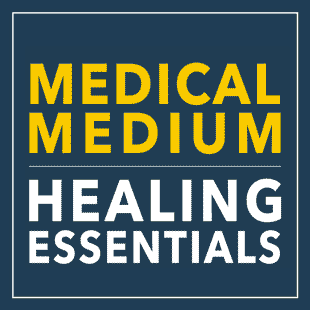Watch: Strokes, Transient Ischemic Attack & Blood Clots

Strokes, Transient Ischemic Attack & Blood Clots
One cause of strokes is when a foreign invader enters the body, most normally, a pathogen. It can also be a toxin or a toxic substance. If the invader, such as a virus or a type of bacteria, enters the body through the mouth or lungs, its chances of causing a stroke are minimal. More commonly the invader behind a stroke enters in through the skin, penetrating past the derma directly into the bloodstream.
White blood cells try to attack and destroy the invader so the invader doesn’t multiply and create an infection. The toxic invader isn’t easily destroyed by white blood cells, and the battle goes on. More white blood cells try to come to the rescue, and eventually, a very large group of white blood cells is surrounding the invader, forming a blood clot. The size and length of the blood clot are determined by the amount of toxin. If this clotting isn’t remedied before the clump of white blood cells clustered around the invader enters the brain, the possibility of a stroke is much higher. As the group of white blood cells around the invader reaches smaller blood vessels inside the brain, a jam-up can happen and we can have a stroke, ranging from mild to more severe, or if the blood clot blocks or fills up the length of an artery, a stroke or heart attack could occur.
Viral infections can cause mild strokes. These are viral infections that are not controlled early enough by your immune system. These viruses escape the immune system and stay active in the body for many years. Viruses such as EBV can also cause Guillain-Barré syndrome, which in many severe cases can mimic a stroke. Or someone could have a combination: a viral stroke plus another condition caused by the virus. If someone’s immune system is chronically low and the viral load is high, chances are that the virus (or viruses) can find its way to the brain because the virus bypassed the immune system in a stealth manner, causing ME/CFS, brain inflammation, and encephalitis—which, if chronic for too many years, could lead to a stroke as the brain ages. As we age, brain tissue and vessels shrink.
We often think about stress causing a stroke. What we don’t realize is, stress is lowering our immune system, allowing for a pathogenic infection to create a stroke. Blood vessels do constrict inside the brain when we’re angry or under tremendous distress. Yet it takes somebody being susceptible to other problems, such as low-grade viral infections, toxic heavy metals, chronic dehydration long term, and a diet high in fat to create the foundation for a stroke. Continuously high blood fat means less oxygen gets to the brain, and when the blood gets thick, that blood moves more slowly throughout the brain’s blood vessels. This sets the stage for other problems. The lower the oxygen levels in the blood of the brain, the higher-percentage chance of a virus thriving because there’s less oxygen to keep the immune system strong. White blood cells need oxygen to survive and keep viruses out of the brain. High blood fat also creates an acidic environment, since fats are acidic. Coupled with the restriction within blood vessels from high stress, anger, worry, and fear—plus chronic dehydration from high salt intake and caffeine use and not enough fruit, leafy greens, herbs, juices, or water in the diet— this acidic environment allows areas of the brain that already have scar tissue from toxic heavy metals, chemical toxins, pharmaceuticals, emotional wounds, or MSG deposits to become more vulnerable. As a result, chances increase that when a low-grade viral infection does occur—even the flu or COVID, for example—it could lead to a TIA or stroke. In some cases, plaque deposits breaking free in the blood vessels can also cause strokes.
Find out how to heal in Brain Saver and Brain Saver Protocols, Cleanses & Recipes.
This item posted: 27-Mar-2023
The information provided on this Site is for general informational purposes only, to include blog postings and any linked material. The information is not intended to be a substitute for professional health or medical advice or treatment, nor should it be relied upon for the diagnosis, prevention, or treatment of any health consideration. Consult with a licensed health care practitioner before altering or discontinuing any medications, treatment or care, or starting any diet, exercise or supplementation program. Neither Anthony William nor Anthony William, Inc. (AWI) is a licensed medical doctor or other formally licensed health care practitioner or provider. The content of this blog and any linked material does not necessarily reflect the opinions of Anthony William, AWI or the principal author, and is not guaranteed to be correct, complete, or up to date.
Thanks for printing this post. For more, visit www.medicalmedium.com


